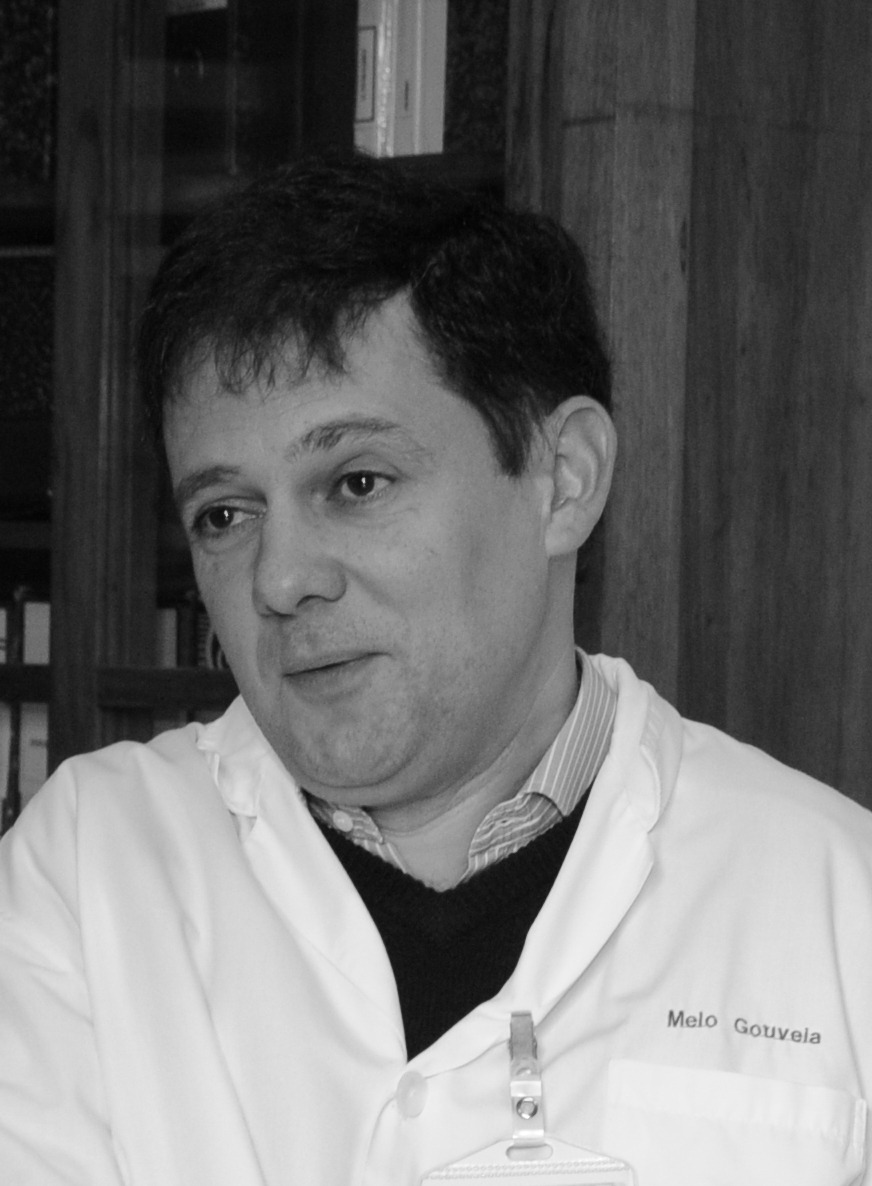Open Learning Course: Therapeutic Drug Monitoring as a Tool for Therapy Optimisation

![]()
Section 4 (Clinical Pharmacy Services), items 4.1, 4.3, 4.8
Section 5 (Patient Safety and Quality Assuaranse), item 5.1, 5.2, 5.6.
![]()
Click here to download the ACPE description form
![]()
Nieko Punt Kees Neef Azucena Aldaz Pastor Daniel J. Touw.
Christoph Hiemke Branislava Miljković Eric van Maarseveen Antonio Gouveia
![]()
Therapeutic drug monitoring (TDM) involves the measurement and interpretation of drug concentrations in order to individualise therapy. The indications for TDM include efficacy, compliance, monitoring drug-drug interactions, toxicity avoidance, guiding withdrawal of therapy, and drug should satisfy certain criteria to be suitable for TDM (narrow target range, significant pharmacokinetic variability, a reasonable relationship between plasma concentrations and clinical effects, established target concentration range, availability of cost-effective drug assay). By combining knowledge of pharmaceutics, pharmacokinetics, and pharmacodynamics, TDM enables the optimisation of drug therapy. Attention must be paid to the timing of blood sampling, the type of biological matrix, the measurement techniques, and the interpretation of results. To accurately interpret measured concentrations, it is important the request form contains all relevant information: time sample collected, time dose given, dosage regimen (dose, duration, dosage form), patient demographics (age/gender), other medications, relevant co-morbidities (e.g. renal/liver disease), indications for testing (e.g. toxicity, non-compliance). Drug concentrations should be interpreted in the context of the clinical data and hospital pharmacists need to be aware of many factors that influence measured concentrations. Performing TDM requires a multidisciplinary approach and collaboration by a TDM team, comprised of clinicians, nurses, hospital/clinical pharmacists.
Click HERE to access the course!

Participants will be able to:
- recognise characteristics of drugs that make them good candidates for TDM
- describe appropriate indications for TDM
- understand the factors that may affect measured concentrations
- list and discuss the importance of information needed when requesting drug concentration
- interpret measured drug concentrations
- adjust dose based on TDM
Topics of EAHP events are fixed both in a top-down manner by the Scientific Committee and directly arising from the fields the members daily are moving in, such as:
- Politics
- Practice
- Education
- Current research and development
- New professional opportunities
- New technology
- New medicines
- New methodologies
- New treatments
- Research and development
and in a bottom-up manner by
- Proposals from members
- Surveys (544 responses at the 2014 Congress’ Cyber Café) / Questionnaires (every five years)
- National associations based on their national strategies
- Focus groups
- Joint commissions
- Mandated members of the Scientific Committee.
Generally, topics will be approved by the EAHP Board. Educational need and gaps between best and current practice and actual versus desired skills respectively can be easily screened by the Scientific Committee from
- EC resolutions
- EAHP surveys (by Survey Monkey® or Adobe Acrobat® form generator)
- FIP statements
- Current agenda of the Board
- The Scientific Committee Meetings
- The General Assembly
- Evaluation of submitted abstracts for poster or oral presentation
- Past congresses’ evaluations
- Existing data such as surveys, questionnaires, et cetera
The aim of this Academy Seminar is to provide tools which improve the position of the hospital pharmacist in Research & Development activities adapted to the own institution’s environment.
Clinical pharmacokinetics, pharmacokinetic parameters, pharmacokinetic variability, saturable pharmacokinetics, therapeutic range, analytical methods, dry blood spot, pharmacogenomics, PK-PD modelling, population pharmacokinetics, therapeutic drug monitoring, medicines optimisation, phenotyping, modeling, antibiotics, antifungals, dose optimisation, individual patient, antiepileptics, antipsychotics, TDM service, software, InsightRX, DoseMeRx, MwPharm++, beta lactam antibiotics, aminoglycosides, fluoroquinolones, azole antifungal drugs, clinical case, pharmacogenetic test, neuropsychiatric drugs, clinical case, dose adjustment, immunosuppressive and oncolytic agents, comedication, drug-drug interaction, patient’s characteristics, voriconazole, tacrolimus, business case, bussulfan, collaboration and TDM service.













